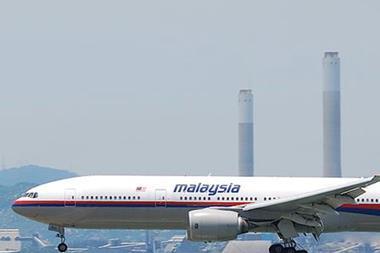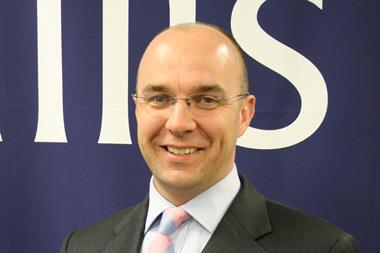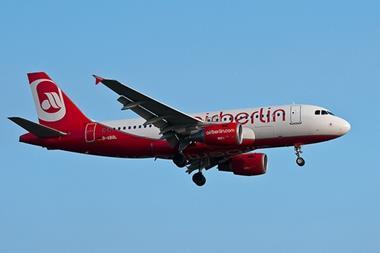Let’s add certainty to increasingly complex risks
Passenger traffic at Europe’s airports saw a rise of 1.8% in 2012 and in the UK alone airports handled 221 million people, 1.4m more than in 2011. Aviation is growing, with capacity and demand for air travel rising year on year. What are the challenges?
Issues in the sector will become more complex, technology-driven and interconnected across the globe, requiring greater understanding and specialisation to meet client needs. Let’s take airports and their expansion plans as one example. Risk profiles have changed substantially and will continue to do so in the next few years. Infrastructure investment funds as well as large multinationals are taking increased ownership in existing and new airports, meaning that clients’ risk tolerances are changing, driving the need for higher levels of protection and coverage matching lenders’ requirements with multinational, multi-peril “one-stop” contracts secured over longer-term policy periods. Reputation is vital in this era of social media. Insurers need to show how a policy responds before a complex loss as well as their proactivity in a crisis.
Some exposures that were seen as marginal are now centre-stage and may even have the potential to be ‘black swan’ events, such as data breaches that can allow hackers to steal workers’ IDs and penetrate security. With larger data centres, more IT and air traffic control consolidation coming under the EU’s Single Sky agreement, risk aggregation and severity could increase owing to system ‘supply chain’ issues. Over 700 aircraft recently had to be grounded across the US following a computer glitch.
Non-physical damage business interruption is also an exposure airports want to address. This could be from loss of revenue owing to volcanic ash clouds and strike action, not just the more traditional extreme weather/ CAT events. And liabilities over pollution incidents from fuel storage, de-icing or construction can leave airport owners and operators vulnerable. Of course, cover for traditional perils will always be important – the Nairobi airport fire being a prime example.
Insurers must be more aligned with operational requirements in the satellite market. We rely on satellites for all communications and the changing risk exposure is similar e.g. physical loss, liability and cyber hacking. Clients want to take a long-term risk mitigation view, but the traditional insurance market often causes them to do the opposite with only one-year ‘snap shots’ of coverage in an environment where the risk is the length of the satellite design life.
We see more complex risks giving way to more complex claims. A global insurer who looks beyond the horizon to find solutions and services for emerging sector risks is the one with the edge.




















No comments yet